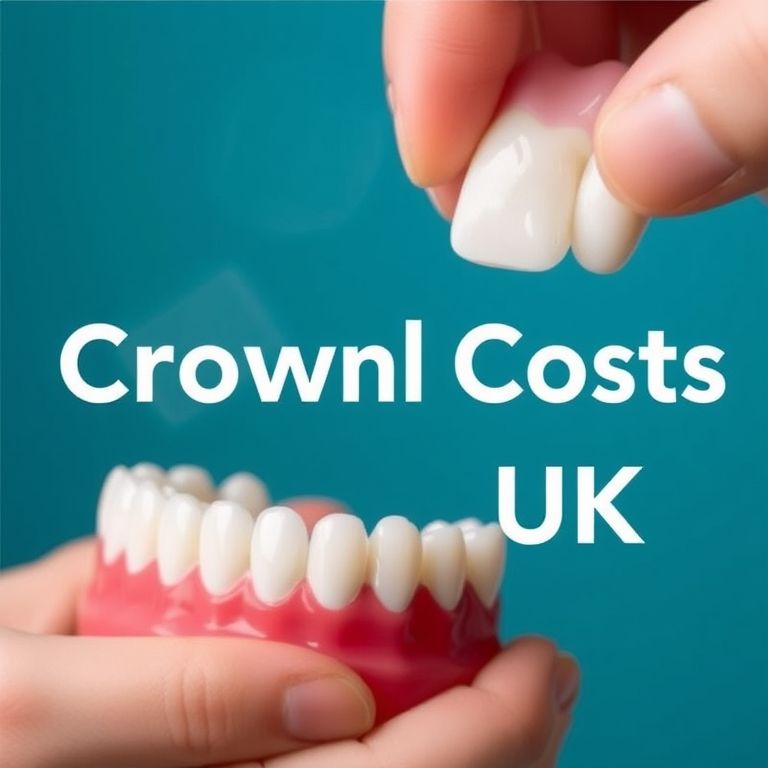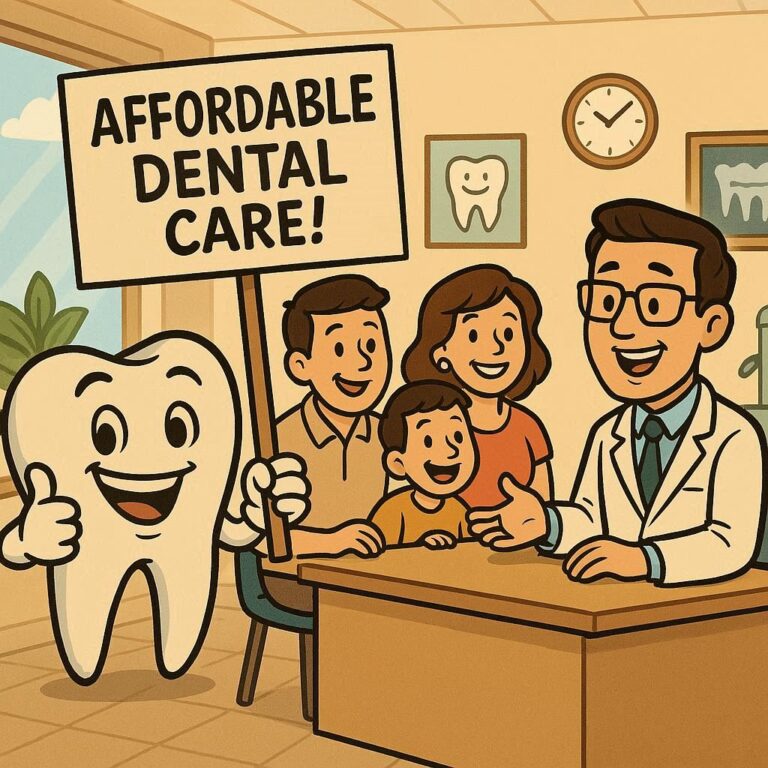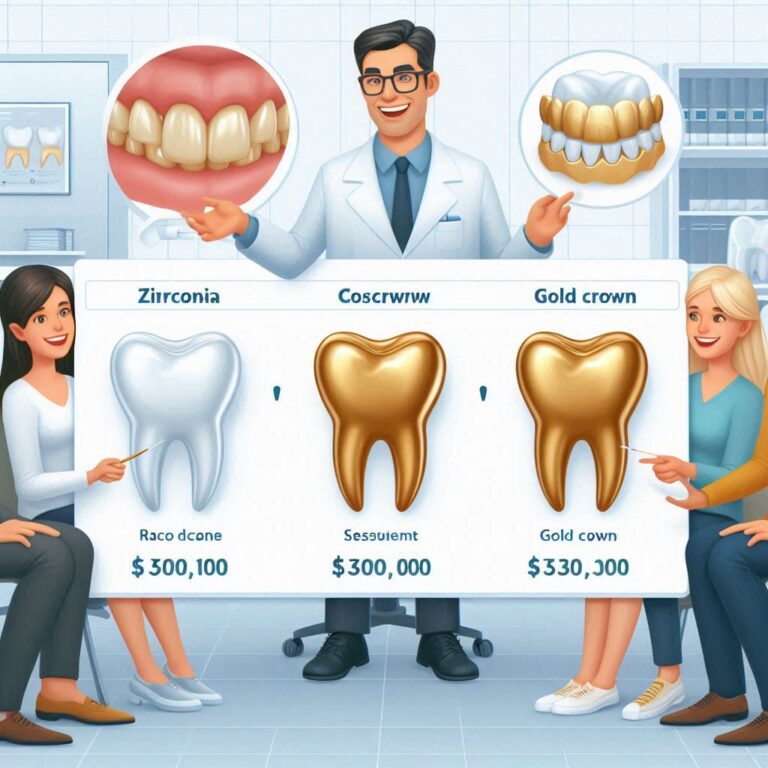The Complete Guide to Molar Crown Cost Without Insurance
A dental crown is a tooth-shaped cap that restores a damaged or decayed molar, protecting it from further harm while improving function and appearance. However, for those without dental insurance, the cost of a molar crown can be a significant financial concern.
Back molars (first and second molars) endure heavy chewing forces, making them prone to fractures, large cavities, and wear. Since crowns for these teeth require durable materials, they often come at a higher price than front tooth crowns.
This comprehensive guide explores the average cost of a molar crown without insurance, factors influencing pricing, ways to save money, and alternative treatments. Whether you need an immediate solution or are planning ahead, this article will help you make an informed decision.

2. Average Cost of a Crown for a Back Molar
The cost of a molar crown varies based on materials, location, and dental expertise. Below is a breakdown of average prices in the U.S. (2024 data):
| Type of Crown | Average Cost (Per Tooth) | Durability |
|---|---|---|
| Porcelain-Fused-to-Metal (PFM) | $800 – $1,500 | 10–15 years |
| Full Gold Crown | $900 – $2,500 | 20+ years |
| Zirconia Crown | $1,000 – $2,500 | 15–20 years |
| All-Porcelain (E-max) | $1,000 – $2,000 | 10–15 years |
| Stainless Steel (Temporary) | $300 – $600 | 1–5 years |
Why Are Molar Crowns Expensive?
-
Material Costs: High-quality ceramics and metals increase pricing.
-
Labor & Lab Fees: Custom crowns require skilled craftsmanship.
-
Geographical Location: Urban areas charge more than rural clinics.
-
Dentist’s Expertise: Specialists (prosthodontists) charge higher fees.
3. Factors Affecting the Cost of Molar Crowns
A. Material Choice
-
Gold crowns are the most durable but also the most expensive.
-
Zirconia offers strength and aesthetics at a mid-range cost.
-
Porcelain-fused-to-metal (PFM) is affordable but may show a metal line over time.
B. Dental Clinic Location
-
High-cost cities (New York, Los Angeles) charge 20–30% more.
-
Discount dental chains may offer lower prices but with less customization.
C. Additional Procedures
-
Root canal therapy ($700–$1,500) may be needed before crown placement.
-
Tooth extraction ($150–$400) if the molar is non-restorable.
-
Bone grafting ($300–$1,200) if there’s insufficient jawbone support.
4. Types of Dental Crowns and Their Costs
A. Porcelain-Fused-to-Metal (PFM) Crowns
✅ Pros: Strong, natural-looking, cost-effective.
❌ Cons: Metal may show at gumline, less aesthetic than all-ceramic.
B. Full Gold Crowns
✅ Pros: Extremely durable, gentle on opposing teeth.
❌ Cons: Expensive, metallic appearance.
C. Zirconia Crowns
✅ Pros: Strongest ceramic, biocompatible, no metal.
❌ Cons: Higher cost, may wear down opposing teeth over time.
D. All-Porcelain (E-max) Crowns
✅ Pros: Best aesthetics, metal-free.
❌ Cons: Less durable than zirconia, higher cost.
5. Dental Crown Procedure: Step-by-Step Breakdown
-
Initial Consultation ($50–$200) – Exam & X-rays.
-
Tooth Preparation – Removing decay and shaping the tooth.
-
Impressions – Sent to a dental lab for crown fabrication.
-
Temporary Crown Placement (1–2 weeks).
-
Permanent Crown Cementation – Final adjustments.
6. Ways to Save on Molar Crown Costs Without Insurance
✔ Dental Schools – 30–50% lower cost (supervised by professionals).
✔ Payment Plans – Many dentists offer financing (CareCredit, LendingClub).
✔ Discount Dental Plans – Annual memberships with reduced fees.
✔ Medical Tourism – Countries like Mexico, Costa Rica offer 40–70% savings.
7. Alternatives to Traditional Crowns
-
Dental Fillings ($150–$450) – For minor decay.
-
Inlays/Onlays ($650–$1,200) – Partial crowns for moderate damage.
-
Tooth Extraction + Implant ($3,000–$6,000) – If the tooth is non-restorable.
8. How to Choose the Right Dentist for Your Crown
Check reviews (Google, Yelp, Healthgrades).
Verify credentials (ADA membership, prosthodontist specialization).
Compare at least 3–4 quotes before deciding.
9. Common Questions About Molar Crowns (FAQs)
Q: How long does a molar crown last?
A: 10–20 years, depending on material and oral hygiene.
Q: Does getting a crown hurt?
A: No, local anesthesia ensures a painless procedure.
Q: Can I get a crown without a root canal?
A: Yes, unless the tooth is infected or severely decayed.
Q: Are there cheap alternatives to crowns?
A: Fillings or inlays may work for minor damage.
10. Conclusion
The cost of a molar crown without insurance ranges from $800 to $2,500, depending on materials and location. Gold and zirconia crowns are the most durable, while PFM offers a balance of affordability and strength. To save money, consider dental schools, payment plans, or medical tourism. Always consult a trusted dentist to determine the best option for your oral health.


